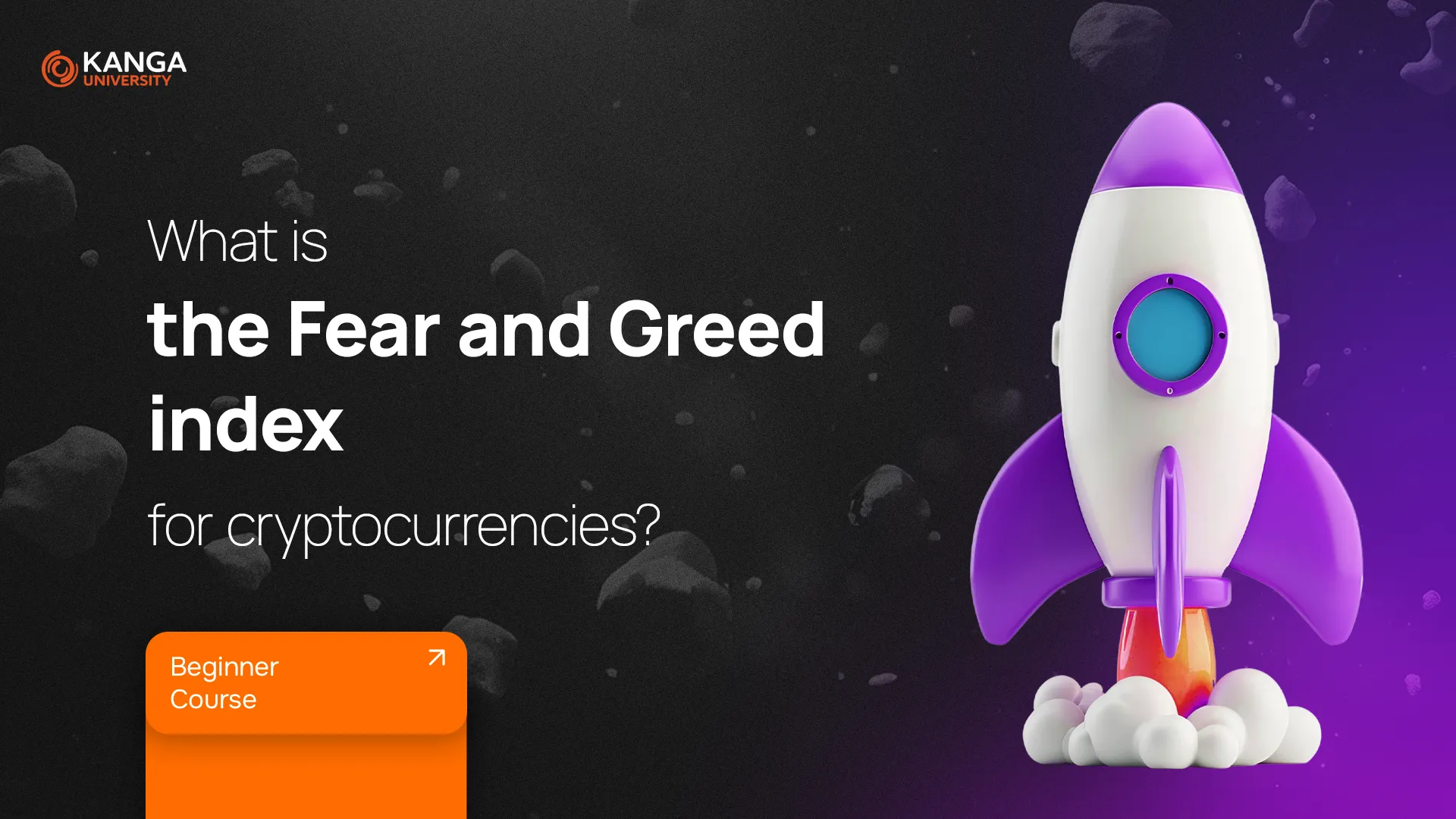
The cryptocurrency market is highly volatile. Prices rise and fall dramatically, not only due to economic factors but also because of investor emotions. This is why the Fear and Greed Index was created – a tool that measures dominant market sentiments and helps determine whether investors are acting out of fear or excessive confidence.
The index operates on a scale from 1 to 100:
- 1-24 – Extreme fear (red) – investors are panic-selling their cryptocurrencies, fearing further losses.
- 25-49 – Fear – the market is cautious, but not in full panic mode.
- 50 – Neutral – no dominant emotions, prices remain stable.
- 51-74 – Greed – optimism is rising, more people are investing.
- 75-100 – Extreme greed (green) – investors are acting on euphoria, and the market may be overvalued.
Real-World Examples of the Index in Action
In February 2021, after Elon Musk announced Tesla’s $1.5 billion Bitcoin investment, the index reached 92/100, signalling extreme greed. Shortly afterward, Bitcoin hit an all-time high.
In 2022, after the collapse of the FTX exchange, the index dropped to 12/100 – a sign of extreme fear, as investors rushed to withdraw funds from the market.
How Is the Fear and Greed Index Calculated?
The index is based on several key indicators that help determine dominant emotions in the crypto market:
- Market Volatility – Compares recent price fluctuations with 30-day and 90-day averages. High volatility often leads to fear, while stable price increases indicate greed.
- Trading Volume – High buying volume suggests greed, while high selling volume indicates fear.
- Social Media Activity – The index analyzes posts, hashtags, and engagement levels related to crypto. More positive mentions increase greed, while negativity signals fear.
- Google Trends – Search trends like “Bitcoin crash” or “crypto panic” indicate fear, while queries such as “should I buy Bitcoin” suggest growing greed.
Is the Fear and Greed Index Useful?
Although the index does not predict the future, it can help interpret market sentiment. Some investors use it as a warning signal:
- When the index shows extreme fear (below 20) – it could indicate a buying opportunity, as prices may be low.
- When the index shows extreme greed (above 80) – it might be time to consider selling, as the market could be overheated.
However, investment decisions should not be based solely on this indicator. It is best used alongside fundamental and technical analysis.
Limitations of the Fear and Greed Index
- It does not account for fundamental project developments – the index reflects emotions but does not consider technological advancements or adoption rates.
- It is based on historical data – it measures what has already happened but does not predict future events.
- It can lead to overreactions – extreme greed can drive reckless buying, while extreme fear may trigger panic selling.
Summary
The Fear and Greed Index is a useful tool for understanding crypto market sentiment. It can provide insights into when to buy or sell, but it should not be the sole basis for investment decisions.
For best results, use it alongside other analysis tools to gain a comprehensive view of the market.
